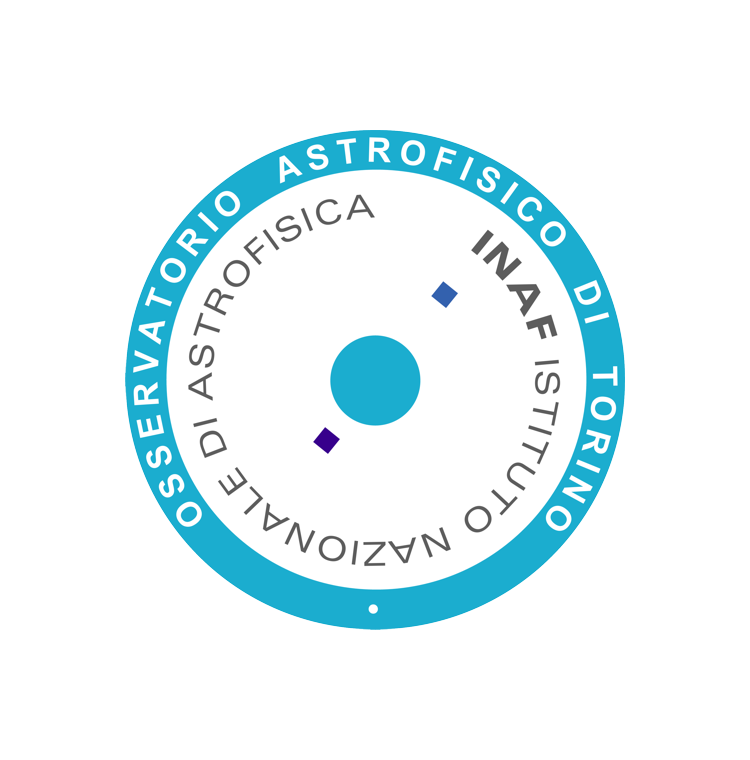Dr. Miho Janvier
Institut d’Astrophysique Spatiale
Université Paris-Sud 91405 Orsay Cedex, France
Generic features of ICME at 1AU from statistical studies of in situ data
Coronal mass ejections (CMEs) are large disturbances emanating from the Sun and are mostly associated with flaring activity at our star. They transport solar plasma and magnetic field in the interplanetary medium and can interact with the space environments of planets. Known as one of the most important drivers of space weather, improving our understanding of how interplanetary CMEs (ICMEs) evolve, as well as their generic features, is critical to developing tools for predicting their effects in space.
ICMEs are routinely measured in situ by spacecraft dedicated to the monitoring of the solar wind (such as ACE or Wind), or as a by-product of planetary missions (e.g. MESSENGER, Venus Express). Then, ICMEs can be monitored at different heliospheric distances. However, these single spacecraft only give local views of CME magnetic and plasma parameters. Using analytical models as well as catalogs of a large number of events allows us to retrieve the most generic shape of these CMEs. Then, doing so at different heliospheric distances can inform us on how such geometry can change with distance, and point towards information on the interplay between CMEs and the surrounding solar wind.
Furthermore, statistical analyses such as superposed epoch studies can reveal generic features in the time series of in situ parameters. Here, by combining different catalogues of ICMEs detected at three spacecraft (MESSENGER at Mercury’s orbit, Venus Express at Venus’ orbit, and ACE at L1), we investigate the features of the superposed epochs for the magnetic field profiles of these events and how these features evolve with heliospheric distance. In particular, we are able to create categories of ICMEs with different typical profiles depending on their speeds, or whether they are ejected during the maximum or the minimum of the solar cycle, or whether they show the presence of magnetic cloud within the ejecta.
We will look at how these different statistical approaches help us understand how CMEs behave in the interplanetary medium and give us a clearer picture on how to better constrain numerical models.

